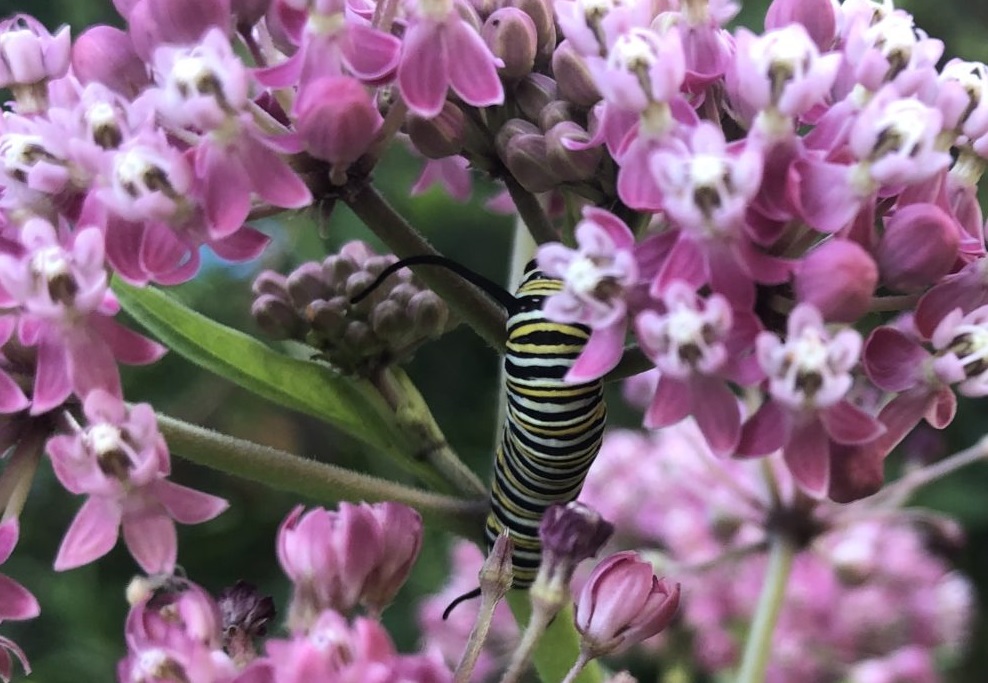Cooperation with the City of Toronto
Stewardship on Toronto Nature Stewards (TNS) sites is a shared responsibility of TNS and the City of Toronto.
Toronto Nature Stewards is responsible for:
- Recruiting and training Lead Stewards
- Submitting new stewardship sites to the City of Toronto for approval
- Creating and maintaining the TNS website
- Coordinating and aggregating monitoring and reporting
- Providing a point of contact between TNS Stewards and the City of Toronto
- Providing stewardship guidance to private property owners
- Overseeing Stewards who develop management plans, remove invasive plants, and plant native species.
The City of Toronto is responsible for:
- Providing criteria for determining sites and activities
- Circulating information to relevant internal City of Toronto divisions for site approval
- Reviewing Invasive Plant Information Sheets, providing input on best management practices, and approving species for removal and planting
Monitoring Ecological Results
In natural area stewardship, knowledge comes from experience that is enhanced by effective monitoring. As with the stewardship of the ravines, monitoring is too time-consuming a task to be undertaken by the City alone. Research shows that volunteer stewards can effectively provide this service with equivalent levels of accuracy1. The best way to ensure this is to collect quantitative and measurable data.
Benefits of monitoring include:
- Shaping management plans for the area (e.g. as part of the Bradley Method),
- Informing decision-making elsewhere through knowledge-sharing2.
- Generating site-specific practices, when needed
- Identifying problem areas
- Helping to measure direct and indirect impacts of stewardship activities
The primary focus of monitoring is the continued improvement of stewardship activities through adaptive management3. Regular monitoring helps stewards see the impact they have on their area.
Monitoring of ecological results is a long-term process, with the ultimate goal of guiding the restoration process, and determining how successful stewardship activities are in restoring ravine health. Ecological result monitoring can be divided into two categories: pre-activity assessments and post-activity assessments.
Pre-activity assessments are conducted before stewardship takes place. Examples of pre-activity assessments include:
- Taking photographs of the activity area
- Recording the location and size of an area
- Documenting which species are present in an area
- Setting goals for stewardship
Post-activity assessments are done on an ongoing basis over the course of several seasons to track changes in the characteristics of a site. Post-activity assessments can include:
- Using Photopoints (photos taken consistently at the same location over time)4
- Sketching maps of the area to show relative areas of plant species
- Monitoring regrowth of invasive plant species
- Monitoring changes in overall plant composition
- Monitoring growth of newly planted plants and trees
See the summary of monitoring data collected in our 2024 Plant Inventory Report.
Footnotes
1 – Gollan, J., Lobry de Bruyn, L., Reid, N., & Wilkie, L. (2012). Can Volunteers Collect Data that are Comparable to Professional Scientists? A Study of Variables Used in Monitoring the Outcomes of Ecosystem Rehabilitation. Environmental Management, 50, 969-978. https://doi.org/10.1007/s00267-012-9924-4
2 – Ragsdell, G., Ortoll Espinet, E., & Norris, M. (2014). Knowledge management in the voluntary sector: a focus on sharing project know-how and expertise. Knowledge Management Research & Practice, 12, 351-361. https://doi.org/10.1057/kmrp.2013.21
3 – Williams, B. K., Szaro, R. C., Shapiro, C. D., & United States. (2009). Adaptive management: The U.S. Department of the Interior technical guide. Washington, D.C.: U.S. Dept. of the Interior, Adaptive Management Working Group.
4 – Wisconsin Department of Natural Resources. (2015). “State natural areas volunteer handbook”. Retrieved from https://dnr.wi.gov/topic/lands/naturalareas/documents/snaVolunteerHandbook.pdf

